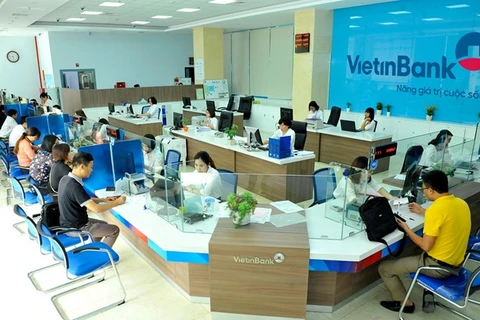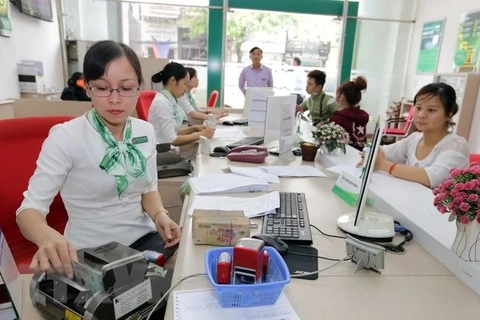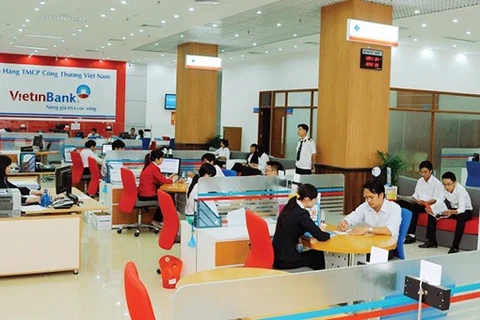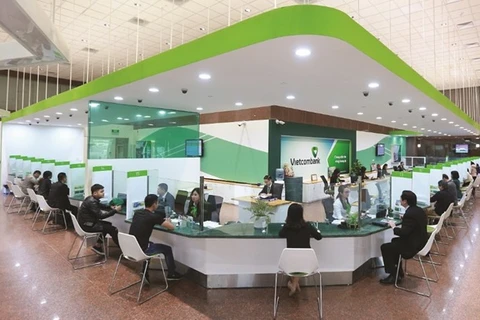Hanoi (VNA) - 2020 is believed to be a do-or-die year for banks since the SBV has decreed that they must all meet global capital adequacy norms, according to analysts.
A wave of mergers and acquisitions (M&A) thus appears imminent.
According to Circular No 41/2016/TT-NHNN, banks must have a capital adequacy ratio (CAR) of at least 8 percent from January 1, 2020, as stipulated under BASEL II standards.
Basel II is the second edition of the Basel Accords, which are recommendations on banking laws and regulations issued by the Basel Committee on banking supervision.
Four years ago, the central bank selected the first 10 commercial banks to pilot Basel II standards. But to date only VIB and Vietcombank have joined the pilot scheme successfully while other lenders involved in the plans failed.
Analysts said to meet Basel II standards banks need to increase their capital but many, particularly the smaller lenders, have found it difficult to do so.
Last year, 18 out of the country’s 34 banks received approval from their shareholders to hike their capital, with their combined increase expected to be nearly 63 trillion VND (2.74 billion USD).
But only a few of them, mainly large and medium-sized ones, realised these plans.
Analysts pointed to certain reasons for others’ inability, one of which was the plunging stock market, which has spooked investors.
In raising capital on the stock market, small banks are always at a disadvantage compared to big ones. Their shares are less attractive to investors because their dividend yields are low.
Another difficulty facing the banks is that the Government requires State-owned companies to pull out of non-core businesses including banks.
Foreign financial institutions are cautious about investing because of the unstable global financial situation. Because of this, many prefer to open a branch or establish a subsidiary rather than buy stakes in Vietnamese banks.
Banks that cannot increase their capital to the prescribed level would have only one option: to minimise their risk-weighted assets.
This means they would have to reduce credit growth.
Banks in the country still derive their revenues mainly -- 70 and 80 percent -- from credit activities.
With revenues and profits down, it would be harder for them to mobilise capital.
Small banks might have to accept being merged with or acquired by other banks, sparking a new wave of M&As in the industry, analysts said.-VNA
VNA

























